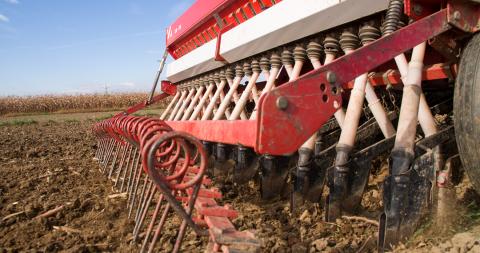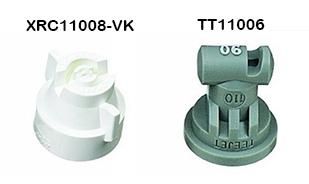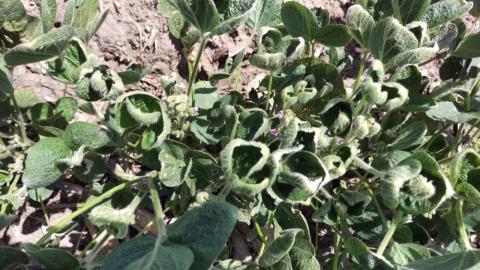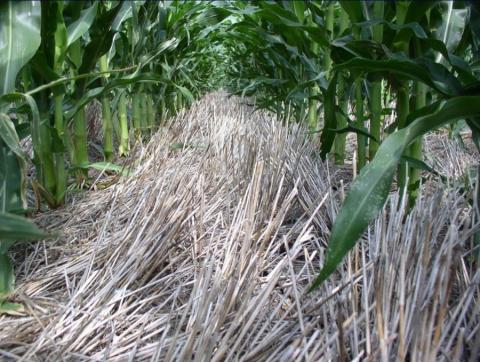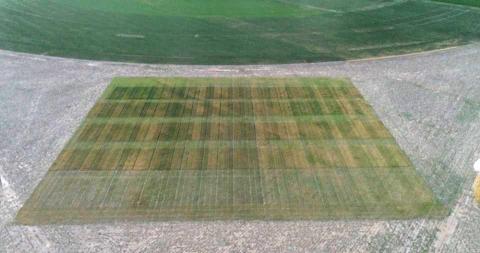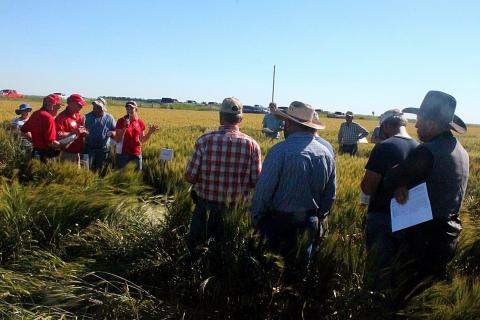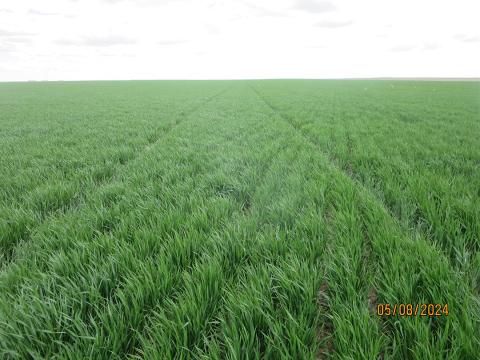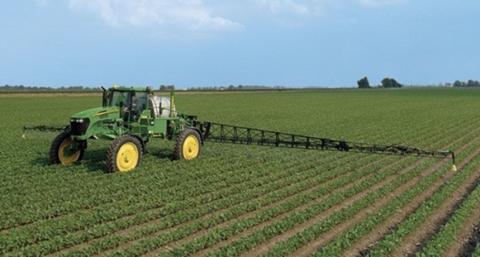Planting Winter Wheat in Severe Drought: What are the Options?
September 7, 2022
Nebraska Extension educators outline options for seeding wheat with regard to soil moisture and precipitation, crop residue, soil type and other considerations.
Using the 'Guide for Weed, Disease and Insect Management in Nebraska' (EC-130) for Information on Post Herbicide Application
May 26, 2021
This article reviews topics listed in the 2021 Weed Guide on Pesticide Application.
USEPA Approves Three Dicamba Products for Five Years
October 29, 2020
On Oct 27, 2020, The United States Environmental Protection Agency (USEPA) announced a new 5-year registration for XtendiMax® and Engenia, and re-registered Tavium (a premix of dicamba and S-metolachlor).
Winter Wheat Economics in Nebraska
September 1, 2020
Including winter wheat in the cropping system does not appear to be a profitable decision when one only examines the production costs and expected returns. Generally, there are additional production and economic benefits (35 to 100 bushels per acre increase in corn or grain sorghum yield) that should be considered.
Spring Wheat Research in Western Nebraska
August 13, 2020
Many farmers view spring wheat as a rotational crop with a purpose to break the weed and pest cycles, build up the residue cover and increase yield of corn the following years.
Selecting Winter Wheat Varieties - Best for Your Cropping System
July 21, 2020
Variety selection is one of the most important decisions a winter wheat grower has to make. The right or wrong decision can enhance or negate all other factors in profitable wheat farming.
Economics Improve with Dryland Corn and Grain Sorghum Following Weed Control in Winter Wheat Stubble
June 30, 2024
With winter wheat harvest underway, producers should be mindful of managing weeds in wheat stubble, as timely control can save water in the soil profile and increase yields in subsequent crops.
Ninth Circuit Court Orders Cancellation of Three Dicamba Products - Updated
June 6, 2020
On June 8, 2020 the EPA release a statement providing farmers with needed guidance following the Ninth Circuit Court ruling.
 West Central Research and Extension Center
West Central Research and Extension Center